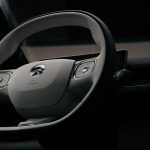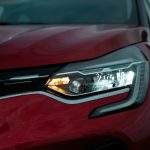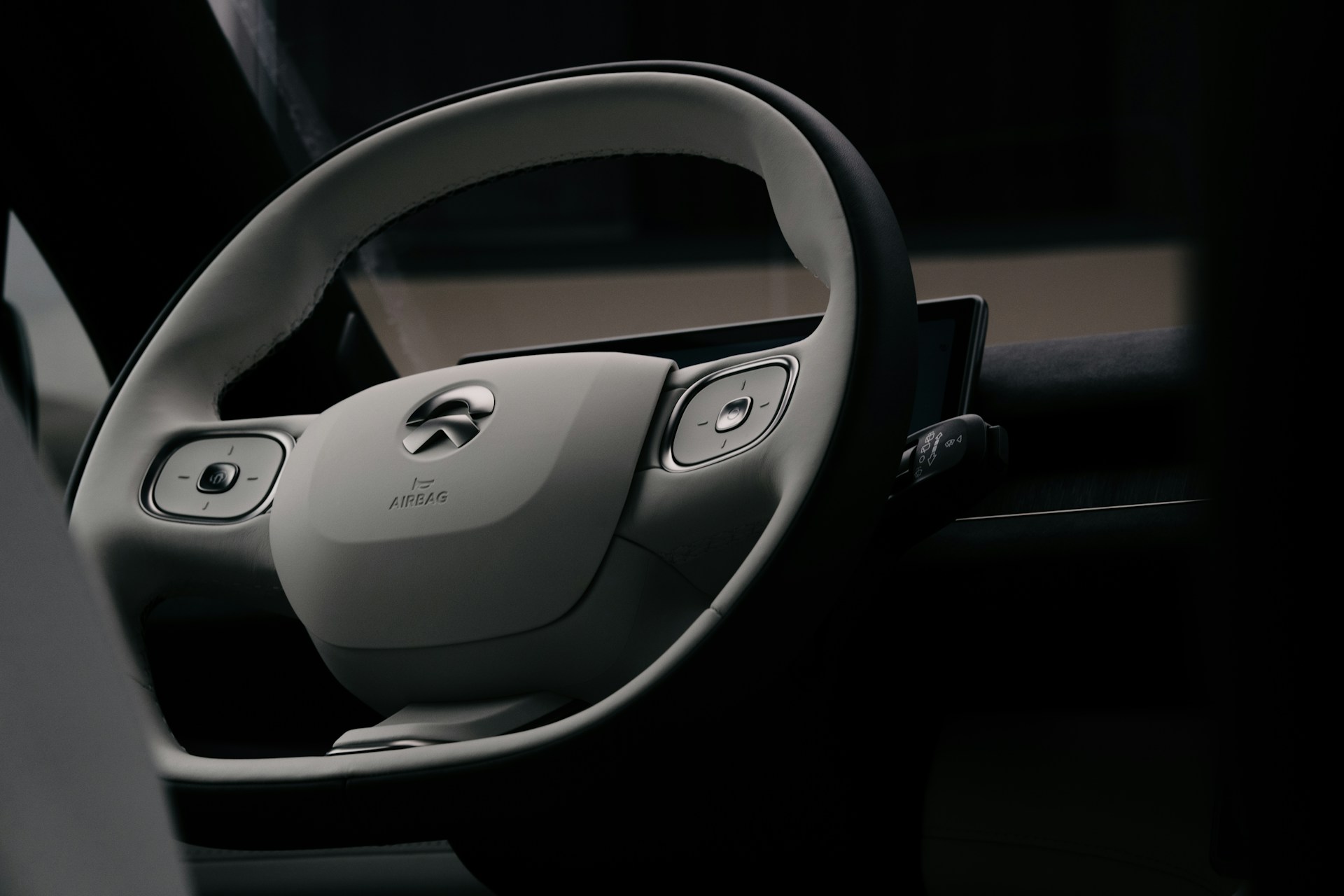Nio is steadily expanding its lineup in Germany. But do these vehicles stand a chance against established German brands? The future will tell. ntv.de takes a closer look at how the mid-size SUV EL6 is performing.
A Tough Market for Newcomers
The German automotive market is notoriously tough, especially for newcomers trying to establish a foothold. It gets even tougher when a new brand attempts to compete in the premium segment.
Nio, the young Chinese brand, is experiencing this challenge firsthand. This year, barely more than 200 units have been registered in Germany. Some of this slow uptake is self-inflicted. Why not offer a more affordable base model with a modest engine output under 300 horsepower? Not Nio’s style. They don’t go below 490 horsepower – not even with the 4.85-meter-long EL6.
Comfortable and Practical Interior
The mid-size SUV features two electric motors, delivering a combined output of 490 horsepower. Is this necessary? Not really, but it certainly adds to the fun. Before hitting the road, a look inside the Nio is warranted. The interior boasts very comfortable seats and a chic rattan wood decor.
The craftsmanship is commendable, though the interior lacks a certain character, feeling somewhat overly synthetic and technical. Physical buttons are minimal, which is a matter of taste, and taste is, of course, subjective.
However, some practical aspects of the EL6’s interior architecture are undeniable and could serve as inspiration for other manufacturers. Simple yet effective features, like an easily accessible smartphone charging tray that actually charges devices fully, are hard to find in many other cars.
Innovative Battery Swapping
Charging is a significant topic – eventually, the traction battery will need to be recharged. Or not? While recharging is inevitable, it’s not always necessary to do so in the car. Despite covering significant distances, ntv.de found minimal need to charge the premium Chinese SUV, thanks to battery swap stations.
Currently, there are 16 such stations in Germany, according to the “Nio Power Map,” although the website’s interface could use some improvements. Finding the exact locations of these stations can be challenging. Entering “Nio Power Swap” into the navigation system helps, albeit somewhat haphazardly.
The swap process itself is quite fascinating. Drive the vehicle onto the marked spot in front of the swap garage, request the swap via the vehicle screen, and the garage door opens. What follows is impressive: the driver is instructed to remove their hands from the wheel and feet from the pedals. The vehicle is then autonomously guided into the garage, where the battery swap occurs with a series of whirs, clicks, and jolts. Within minutes, the Nio is equipped with a battery charged to 90 percent.
 Saxony Sells Bitcoins Worth Nearly 700 Million Dollars in One Day
Saxony Sells Bitcoins Worth Nearly 700 Million Dollars in One Day  Gold: The Calm Before the Storm
Gold: The Calm Before the Storm  Bio-Cheese Producer Files for Bankruptcy After 25 Years: Monte Ziego Faces Uncertain Future
Bio-Cheese Producer Files for Bankruptcy After 25 Years: Monte Ziego Faces Uncertain Future  Nio EL6: Is the Premium Chinese Brand a Threat to Audi ?
Nio EL6: Is the Premium Chinese Brand a Threat to Audi ?  Renault Rafale: A New Start in the Mid-Range Segment
Renault Rafale: A New Start in the Mid-Range Segment  Wells Fargo Expert Turns More Bullish: NVIDIA Price Target Raised
Wells Fargo Expert Turns More Bullish: NVIDIA Price Target Raised  McDonald’s Innovates Ordering Process: Same Words Required for All Orders
McDonald’s Innovates Ordering Process: Same Words Required for All Orders  Elon Musk’s Tesla Downsizes Yet Claims Growth
Elon Musk’s Tesla Downsizes Yet Claims Growth  Volkswagen Implements Major Job Cuts with Up to €450,000 Severance and a “Turbo Bonus”
Volkswagen Implements Major Job Cuts with Up to €450,000 Severance and a “Turbo Bonus” 